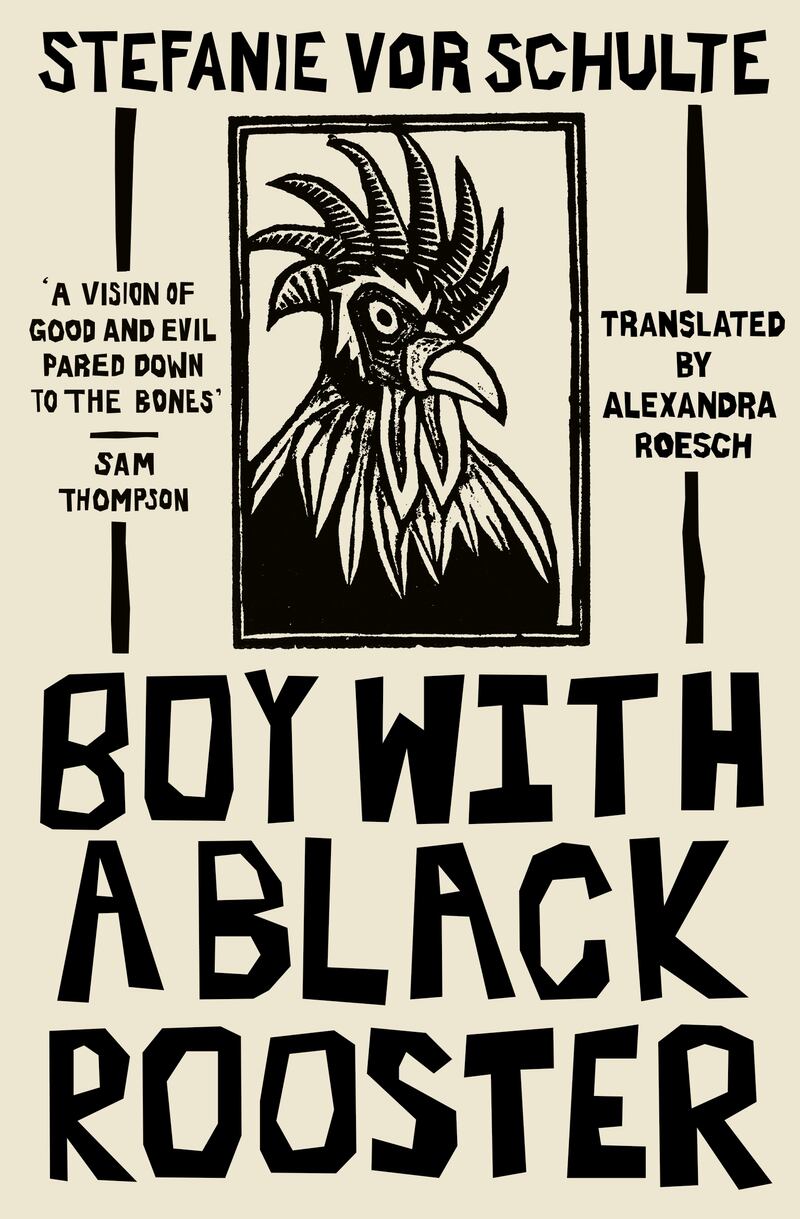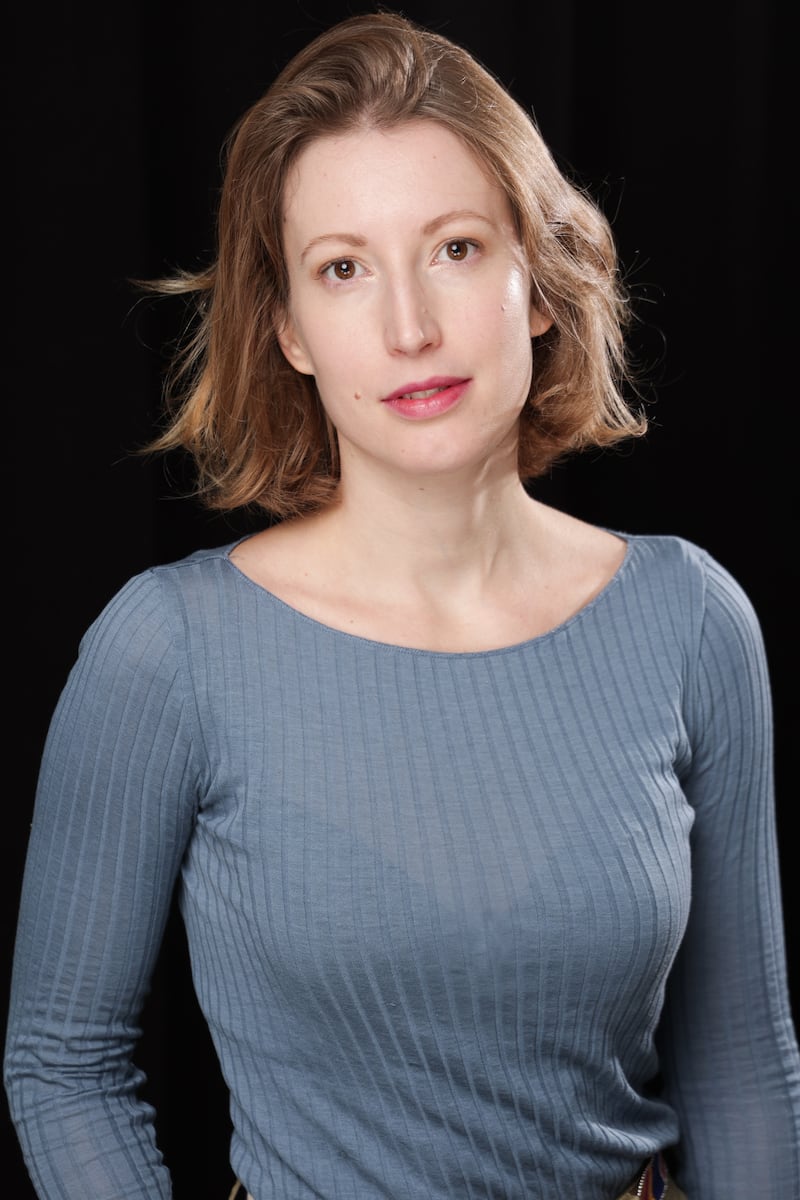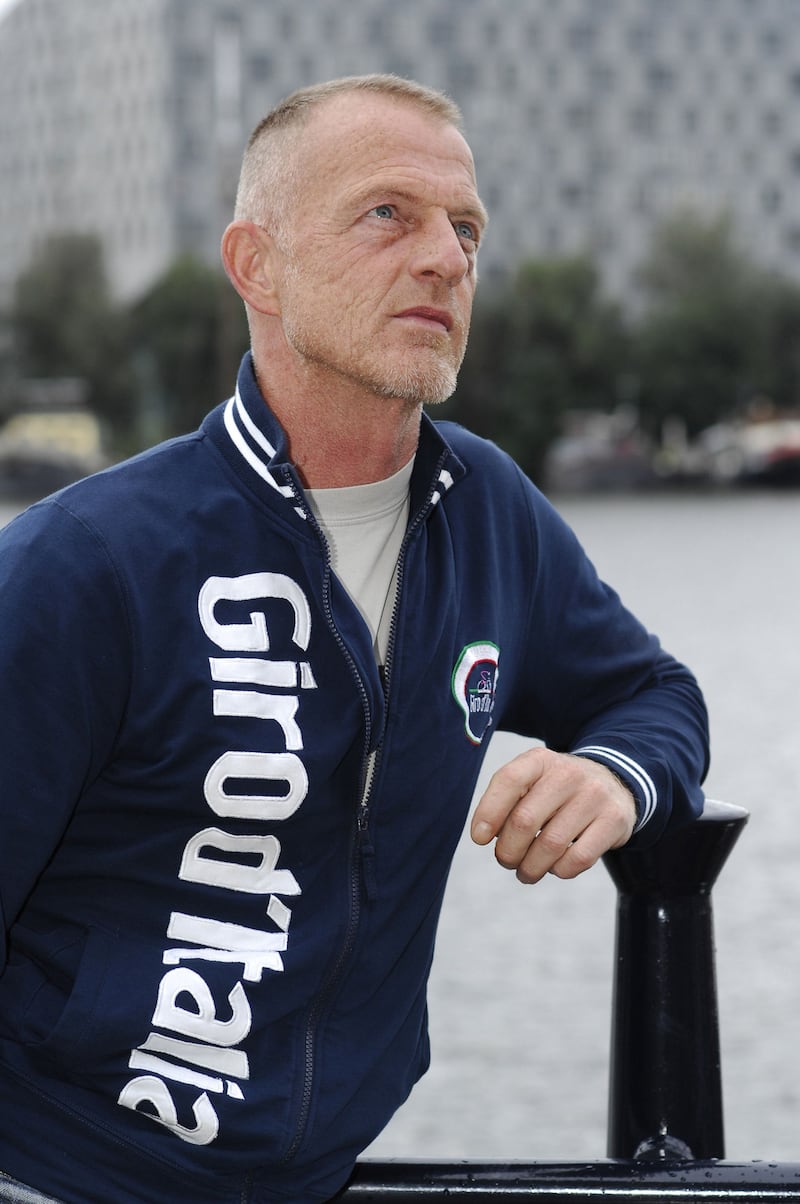The power and endurance of fairy tales derive from their episodes of danger and injustice being resolved through satisfying endings. To arrive at those endings – and sometimes within those endings – there is often a surprising amount of violence and cruelty. The potential of the classic formula to endure while being recreated was recognised by Angela Carter and it is well used too in Boy with A Black Rooster by Stefanie vor Schulte, translated from German by Alexandra Roesch (The Indigo Press, 192pp, £12.99).

The adventure commences with Martin, a young orphan with an ever-present pet rooster, looking on as three men bumble their attempts to locate the key to a small church, to allow a painter who has been commissioned to paint a mural to gain admittance. Through his role in developing a mystical solution to the problem, Martin begins a friendship with the painter that will soon see them leave together but not before Martin has witnessed the snatching of a young girl by a man on a horse and feels a depth of feeling for a girl called Franzi.
Many mishaps and much endangerment will occur before the easily predicted ending will be reached. But it is a thoroughly entertaining story, even allowing for the shortcomings. Much more could have been made of the rooster’s ability to speak, for example, and the translation falters occasionally. But the Bruegel-like medieval setting and the Jacque le fataliste-like insouciance in the face of violence and hardship give the tale a feeling of warmth, despite everything.

A similar feeling of benevolence pervades Goodnight Tokyo by Atsuhiro Yoshida, translated from Japanese by Haydn Trowell (Europa Editions, 174pp, £14.99), though in a very different setting. Each linked episode takes place between 1am and 4.30am in the suburbs and side streets of the city, with characters in search of either specific objects or other people. The objects are required by Mitsuki as props for a film. Her search is aided by the taxi driver Matsui, who will later drive a man called Shuro, who is the subject of a series of films for which Mitsuki has been procuring the props.
A Time Outworn by Val Mulkerns: a sunlit novel, with shadows
Frogs for Watchdogs by Seán Farrell: Tremendous debut set in 1980s Co Meath floats free of constraints
A breakthrough era for women’s writing, from Edna O’Brien’s risks to JK Rowling’s Harry Potter debut
Jonathan Sumption’s The Challenges of Democracy: Strong arguments on the political consent required to maintain order
So begins a series of clever connections that always have Matsui – despite his solitary nature – at their centre. Indeed, there is a sense that all the characters are helpful to others because such contact will make the absences they feel within their own lives more tolerable. With its night-time setting, its regular references to films and the characters’ wavering about their dream-like experiences, there is a whimsicality to this playful novel that vanishes in the harsh light of day.

A more enduring sense of connectedness is solidly present in Untold Lessons by Maddalena Vaglio Tanet, translated from Italian by Jill Foulston (Pushkin Press, 270pp, £16.99) although here too, the central characters are solitary, either through choice or contingency. “Instead of going to school, the teacher went into the woods,” is the opening sentence of this compelling novel in which Silvia, the teacher, hides from her community after the suicide of one of her pupils, an 11-year-old girl called Giovanna.
Silvia had been concerned for some time about the girl’s regular absence from school and a phone call to her mother begins a sequence that ends with the girl’s death and Silvia’s perception of guilt. Another disaffected character, a bullied boy called Martino – who is new to the Italian village where the novel is set – finds the teacher in a ramshackle shed in the woods. One lost person has found another, and Silvia asks Martino for it to remain so and not to reveal her whereabouts.
From this pivotal conundrum, the author widens the perspective to include many other characters whose feelings and memories are clarified or confused by the death and disappearance. Silvia withdraws into her own recollections and hunger-induced hallucinations. The attentive, unsensational, beautifully translated writing frequently diverts to nature and the incidental, making for a satisfying and deeply felt novel.
As Maddalena Vaglio Tanet explains in an author’s note, her novel has its origin in a true occurrence. The same is the case with Jellyfish Have No Ears by Adèle Rosenfeld, translated from French by Jeffrey Zuckerman (MacLehose Press, 220pp, £10.99). But, thankfully, what appears at first to be a work of autofiction about the author’s diminishing ability to hear develops into a work of spirited imagination.
This trajectory begins when Louise, the narrator, visits a clinic to have her hearing assessed. As part of the procedure, hearing only some of the words, she constructs a story about a soldier returning home. Ultimately, it is to her home that he returns as he becomes a companion in her quiet world. Later, he will be joined by a dog and a botanist whose existences are dependent on the rich imaginings of Louise. The question of whether she will accept an implant that will allow her to hear, but in an altered fashion, leads to some fascinating reflections on the nature of hearing and language. This is particularly well illustrated by her “sound herbarium”, in which she records her attempts to describe what she hears. A storm is an “Ice cap on fire”. Fried onions are the “Muttering of drunk hares”. These surrealistic turns – often involving amusing wordplay – are subtly dropped into the flow of this superb, surprising novel and are expertly translated by Jeffrey Zuckerman who explains in his translator acknowledgments how the book is one with which he has a special affinity.

Simon, the central character of in The Hairdresser’s Son by Gerbrand Bakker, translated from Dutch by David Colmer (Scribe, 268pp, £10.99) is a detached, self-contained individual whose demeanour can, perhaps, be explained by the probable death of his father in a catastrophic airline crash before the boy was born. That crash – based on the collision of two planes on the runway of Tenerife airport in 1977 – is dealt with factually within what is otherwise a well-constructed, playful novel about three generations of barbers.
A keen swimmer, he helps his mother watch over a group of special-needs adolescents at a swimming pool. When one of them, a nonverbal boy called Igor, appears to initiate an intimacy with Simon, he feels himself both stimulated and embarrassed. This leads to moments of well-sustained tension within the novel when Simon, who thinks Igor is exceptionally good-looking, suggests to his mother that he could cut his hair at the empty barbershop.
The inequality of power between them and Igor’s inability to consent to any physicality becomes intensely troubling. Self-serving thinking was also a trait of the father Simon has never met. The novel is written in unadorned language that matches Simon’s dispassionate personality. But as Bakker demonstrated with his Dublin Literary Award-winning novel The Twin, much can be achieved with directness of purpose.

The same could be said about The Mark by Fríða Ísberg, translated from Icelandic by Larissa Kyzer (Faber, 294pp, £16.99) which poses many questions about the nature of society, using language which is only ever disorienting when utilising terms which, though familiar, have been redefined within the community depicted. The effectiveness of the novel derives from distorting our familiar polity only enough for us to see a clearer reflection of how we really are. As such, the novel attempts to capture the zeitgeist and largely succeeds in doing so.
A stratified city, regions of which are “marked” so that they can only be accessed by those with a pass, would seem to formalise a de facto reality. The form of the novel alternates characters in nonlinear chapters and is purposely confounding until links begin to emerge. A referendum is to be held about whether or not to intervene in people’s lives and seek to change their outcomes for the better. Within schools, a test is taken to establish the empathy of pupils. Those who fail fear ostracisation and frequently kill themselves.
In the novel, we gain insight into the lives of people from all strands of society: the person leading the referendum campaign and the youth who has sent him threatening messages. We meet a teacher who says of a pupil, “her every word is a performance, her every word dramatised”. This is one of many sharp observations about social media and its effects but when she talks to the girl’s mother she is condescending and cruel. This points acutely to the hypocrisy of this supposedly caring, empathetic society.
The novel effectively points to a conclusion now commonly expressed, that there is something within society as we currently know it that isn’t working or is only working for a few. Interestingly, it would be difficult to say definitively whether this critique is positioned on the left or the right of politics. The suspicion of government and questioning of the motivations and manipulations of authority could be from either direction, or both at once. By refraining from a clear polemical standpoint, Ísberg has written a novel that asks many important questions about the future we are creating daily.













